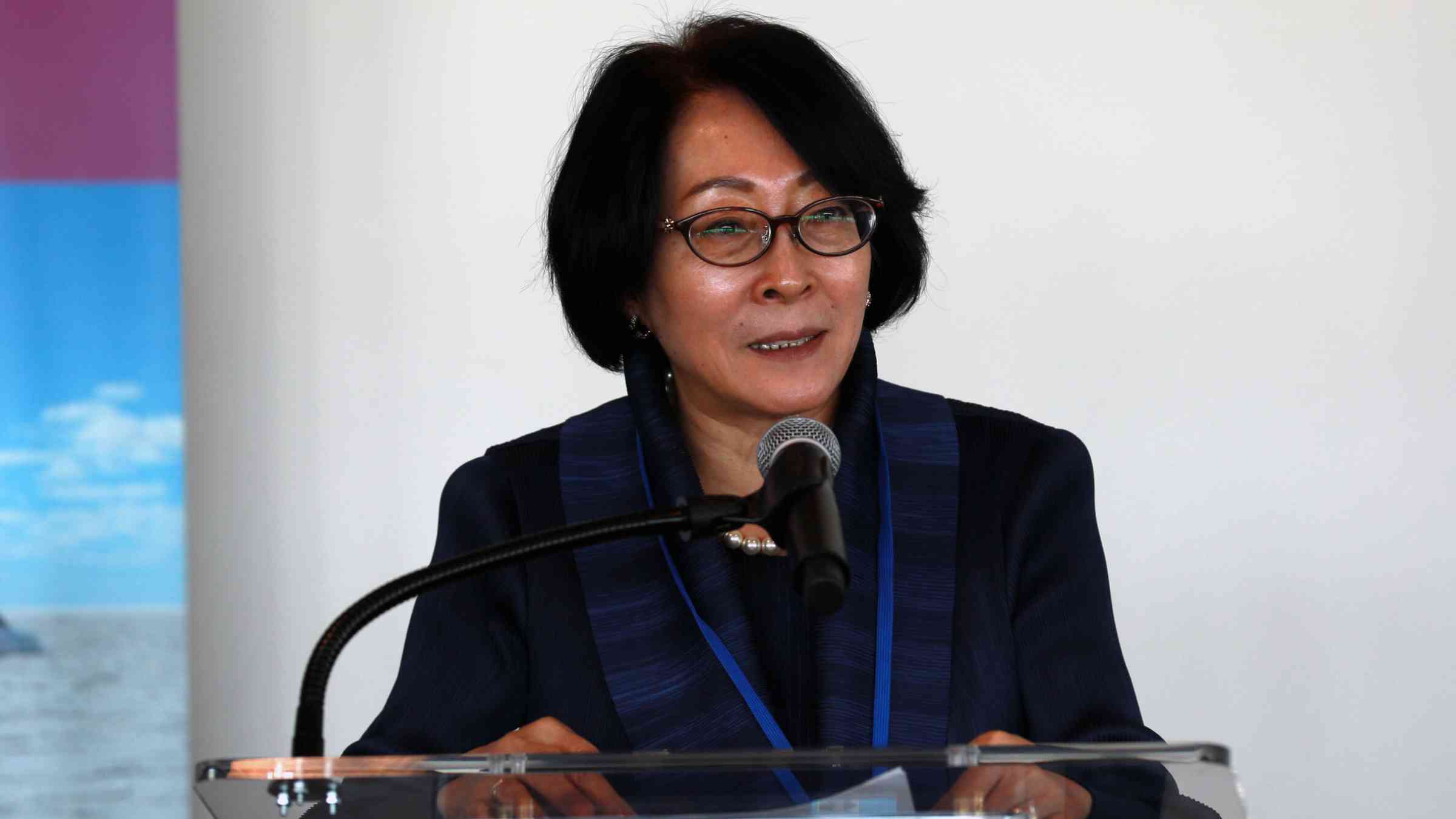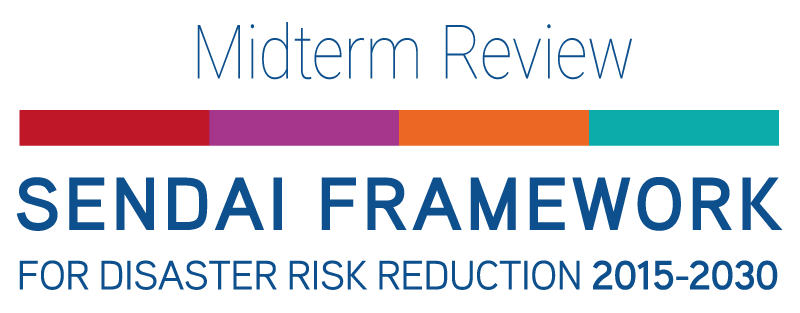Statement of the SRSG: Opening Ceremony of the HLM of the UNGA on the Midterm Review of the Sendai Framework

Excellencies, distinguished Delegates, Ladies and Gentlemen
It is a pleasure to be a part of this global gathering for the Midterm Review of the Sendai Framework, a process mandated by the General Assembly that began in October 2021.
It has seen unprecedented commitment by Member States and stakeholders. I take this as an indicator of the importance accorded to understanding and managing risk by States and non-State actors pursuing the goal of the Sendai Framework and risk-informed sustainable development.
The spirit of 2015 which characterized the adoption of the Sendai Framework and other landmark agreements is now buzzing through the parliament of humanity here in the General Assembly, together with a renewed sense of urgency.
And I am delighted to see many of the representatives of countries, civil society, and UN organisations in the room.
We acknowledge the wisdom and boldness of the leaders who gathered in Sendai in March 2015 to enable this historic global commitment to reduce disaster risk and build resilience. I commend all Member States who have overseen its implementation to date and sincerely thank you for your tireless efforts towards a resilient and sustainable future.
I would also like to recognize the critical role in implementation played by civil society, women’s and youth organizations, the scientific and academic communities, not to mention businesses, professional associations and private sector financial institutions, among many others. Your efforts truly embody the Guiding Principle of “all-of-society engagement and partnership”.
Despite enormous challenges to implementation, thanks to the collective efforts of Member States and stakeholders, the Midterm Review shows that there has been progress in realizing the outcomes, goals and targets of the Sendai Framework.
- Governments and stakeholders are better able to understand risks, as well as their cascading impacts; and justice, social cohesion and human rights are more prominently represented. With improved understanding, they are better placed to bring the transformations required to prevent, reduce or manage those risks.
- This has been aided by a growing number of countries establishing or upgrading national loss accounting systems, by improvements in availability and application of risk data and information, and by more widespread use of the Sendai Framework Monitor.
- There has been a significant increase in the number of countries with national strategies for disaster risk reduction, and growth in regional and sub-regional cooperation mechanisms. This is however not the case at the local level.
- While inadequate pricing of disaster risks in public and private investment decisions, and a lack of adequate financing remain major roadblocks, there have been innovations in risk financing and risk transfer mechanisms – from adaptive social protection to insurance to disaster debt moratoria and catastrophe bonds.
- Further integration of risk reduction in official development assistance is observed, although it remains focused on reactive measures.
- There has been increased focus, and improvement in multilateral cooperation across regions, leading to enhanced preparedness and effectiveness of responses. Equally, understanding risk in protracted crises and multi-hazard early warning systems have improved, even if overall access remains inadequate.
- I have seen first-hand in Madagascar, Barbados, India, among others, how breaking down institutional silos is helping governments to optimise investments and build resilience.
However, progress remains unequal across geographies, scales and income levels.
When risks manifest as disasters, they continue to disproportionately impact least developed countries, small island developing States, landlocked developing and African countries, as well as middle-income countries.
As risks are left unattended, disasters are materializing faster, surpassing our ability to cope, with increasingly dire consequences for people, livelihoods, society and the ecosystems on which we depend.
The imperative to realise the outcome, goal and targets of the Sendai Framework is more important today than ever before.
As we look to accelerate risk-informed action to 2030 and a resilient future, I urge all States and stakeholders to take forward the calls to action to be adopted in the political declaration today.
Key amongst these are:
- Strengthen the availability of, and capacity to apply risk information, and improve mechanisms for sharing among sectors, ministries, organizations and borders.
- Strengthen multi-hazard risk governance with responsibility for risk reduction assumed by “all State institutions” supported by adequate legal and regulatory frameworks and resources, with “all-of-society” engagement and partnership.
- Financial authorities to integrate disaster risk reduction into their work, to incentivize and scale-up public and private, domestic and international investment, and collaborate with financial and capital market institutions to better integrate disaster risk in their decisions.
- Improve the means of implementation and strengthen capacity building, financial resources, data and technology and partnerships.
- Integrate provisions for improved preparedness, build-back-better and addressing underlying risk drivers, in national and local disaster response, recovery and rehabilitation plans, and promote investment in multi-hazard early warning mechanisms.
Reducing disaster risk is possible. But it calls for collective commitment to sociocultural change, a culture of prevention, and the central role of integrated disaster risk management in building the world we value and desire.
We do know better, and we can and must do more. We cannot choose a path of timidity, maintaining business as usual. To do so presents us with threats that not only jeopardise sustainable development, but also our very existence.
2023 is the year for course correction.
As the Secretary-General said:
“We have the information we need. We have the tools and technology”.
“What we need is the political will to forge a peace pact with nature and transform how we grow food, use land, fuel transport and power economies”.
Let us not squander this opportunity.
The time is now. Let us rise to the occasion, apply what we have learned, and ensure risk-informed decision-making, investment and behaviour in all societies, so that current and future generations have a future filled not with fear, but with hope.
